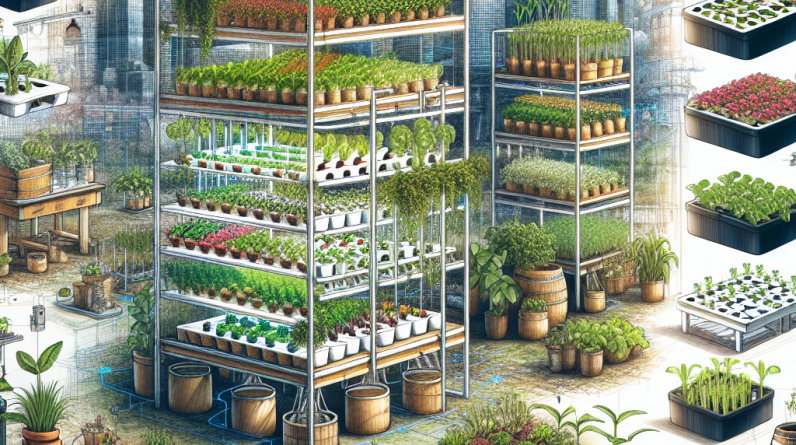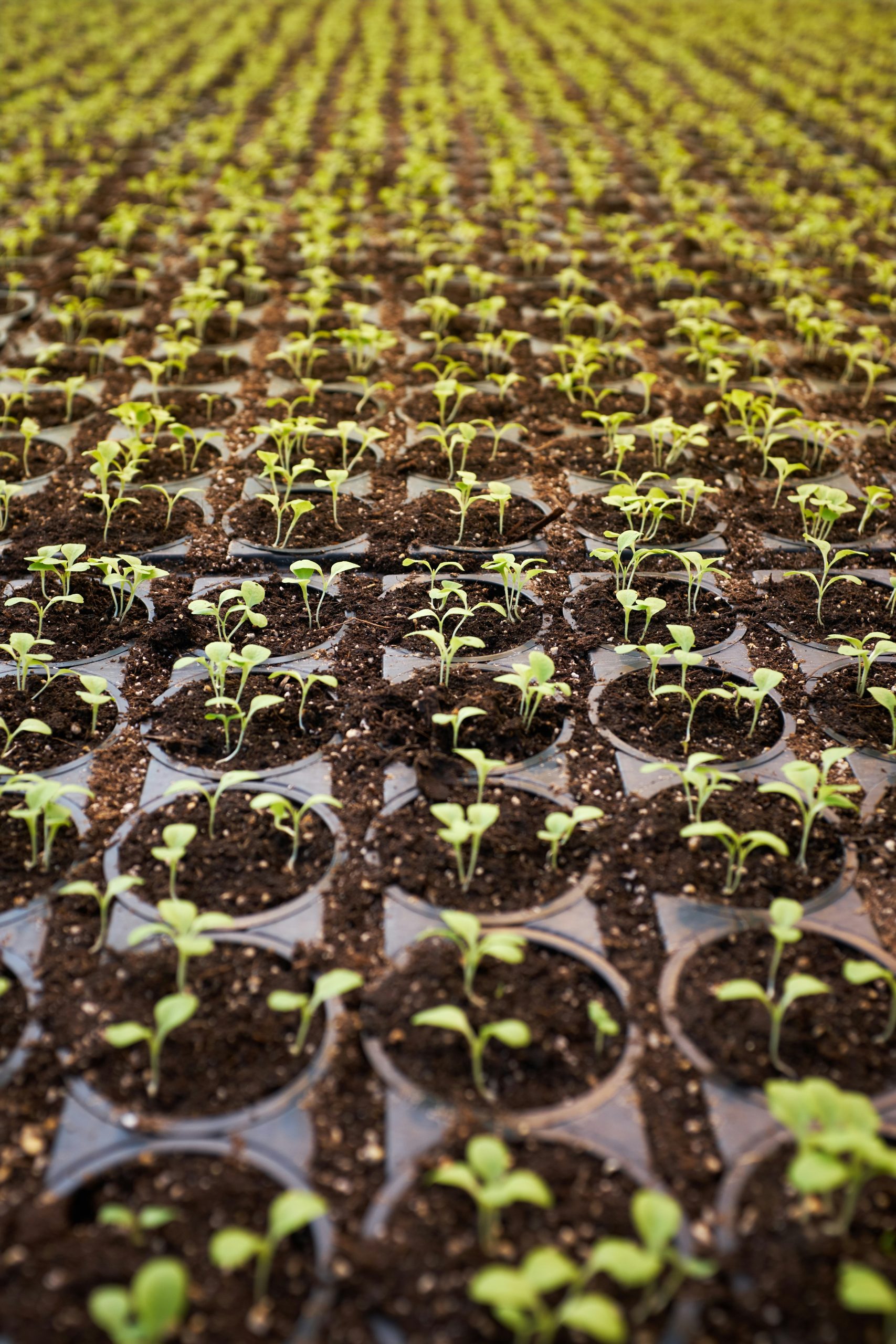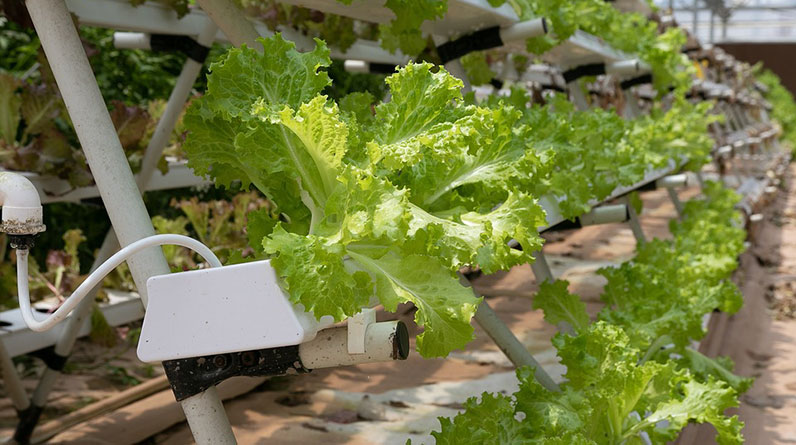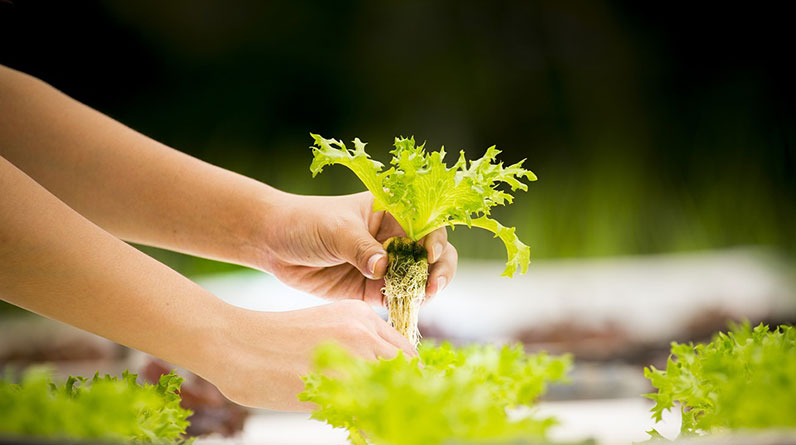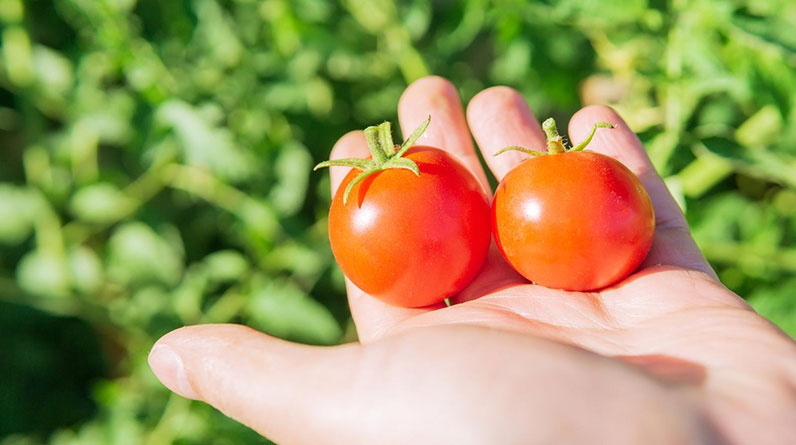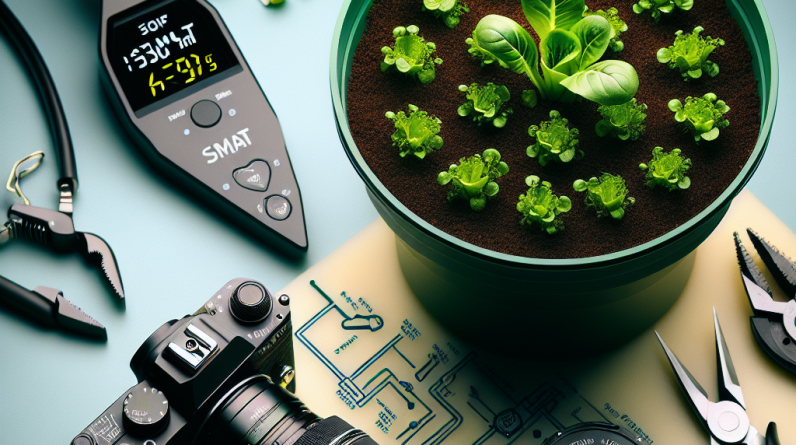
Understanding Your Space
Assessing Sunlight and Shade
Let me tell you, when I first started growing my greens, I didn’t think much about sunlight. Big mistake. I quickly learned that different plants have different light needs. Some like it sunny, like spinach, while others prefer a bit of shade, like leafy lettuces. Start by observing your space throughout the day. Notice where the sun hits and for how long. This will help you determine the best spots for your greens.
Once you pinpoint the sunny areas, you can map out where to plant. If you find an area that gets a good mix, consider mixing your greens up. That way, you might find some happy surprises as they grow together. Keeping an eye on this can also help with timing your planting and harvesting.
In my experience, staking out the best spots brings dividends. The healthier your plants, the tastier your greens will be when it comes time for harvest. So, give this step its due attention—it’s foundational for success.
Soil Quality Matters
Next up is the soil. Oh man, I can’t stress this enough! You can have all the sunlight in the world, but if your soil is crap, you’ll end up disappointed. I remember when I mixed my soil with some compost—what a difference! Rich, nutrient-filled soil is going to be your plants’ best friend. Do some tests if you can and don’t hesitate to amend your soil as needed.
Adding organic matter is a game-changer. Things like compost, well-rotted manure, and even store-bought organic fertilizers can enhance your soil. Not only will this help your greens grow, but it encourages beneficial microorganisms that keep the plant ecosystem balanced.
Lastly, it’s important to know how to aerate your soil. If your soil is too compact, it won’t drain well, and your plants can suffer. So dig it up, fluff it out, and create a home that your greens can thrive in!
Watering Wisely
Watering sounds simple, right? It’s just a matter of turning on the hose. But trust me, there’s an art to it. I used to overwater my greens, thinking more water meant better growth. What I ended up with were root rot and sad, wilting plants. Learning the balance is crucial. Generally, early mornings are the best time to water.
Consider how often your greens need watering based on the season and weather. If it’s hot out, you may need to check your plants daily. On the flip side, during cooler months, you can dial it back a bit. Always check the top inch of soil; if it’s dry, it’s time for a drink!
Lastly, using a drip system or soaker hoses has transformed my watering routine. It saves time and ensures a consistent moisture level. Plus, I’m not having to lug around a watering can or hose every day!
Choosing the Right Greens
Understanding Plant Types
When you dive into the wonderful world of greens, you’ll notice there are cool-weather and warm-weather crops. Learning which ones to grow during specific seasons has changed the game for me. For instance, in spring, you’ll want sturdy ones like kale or arugula. These love the cooler temps, so plant them first!
Come summer, I switch gears and lean towards heat-loving greens like Swiss chard or basil. These guys thrive in the warmer weather, bringing vibrant flavors to my kitchen. Understanding the types allows for continuous harvests throughout various seasons, keeping my salads fresh and exciting.
Want to get fancy? Mix in perennial greens like sorrel or perennial kale. They pop up year after year, taking minimal care while offering unique tastes. It’s like having a low-maintenance friend who’s always there to spice things up.
Companion Planting
Now, let’s chat companion planting—a little secret that I swear by. Certain plants actually work better together. For instance, growing basil with your tomatoes can improve the flavor of your tomatoes while warding off pests. It’s a win-win!
Similarly, interplanting your greens can help maximize space and even deter bugs. I had this rad experience where I planted garlic alongside my greens, and not only did it keep pests away, but it gave me some zingy garlic greens to enjoy. Yum!
Always do a little research before tossing in your greens together. Some plants just don’t play well with others. Understanding these relationships can elevate your garden game, making it a harmonious space to grow.
Harvesting Techniques
Harvesting is where the magic happens! After all that work you’ve put in, it’s time to enjoy the fruits (or greens) of your labor. But when and how you harvest is crucial for getting the most out of your plants. For instance, I’ve found that the best time to pick greens is early in the day when the leaves are crisp and full of moisture.
It’s essential to take care of how you harvest too. Snipping the leaves with scissors or a knife instead of pulling them out helps the plant continue to grow. You’ll often be left with a healthier plant that can keep on producing delicious greens for longer.
And don’t forget to enjoy the process! Take a moment to appreciate your hard work as you gather your goodies. The satisfaction of eating a fresh salad made from your own garden is unbeatable and makes all the effort worth it.
Maintaining Healthy Greens
Pest Management
Pests, ugh! Why do they always show up uninvited? I grew tired of pests munching on my precious greens, so I learned to be proactive. Planting flowers like marigolds near my greens has been a wonderful deterrent. Not only do they look pretty, but they also attract beneficial insects that munch on bad bugs.
I also swear by organic insecticidal soap for those particularly pesky critters. It’s non-toxic and keeps my greens healthy and safe for consumption. Plus, checking plants regularly helps catch problems before they escalate, keeping my garden in tip-top shape.
Don’t forget about the power of a good garden netting. It’s like a protective shield that keeps the critters away while allowing sunshine and rain in. I’ve had a lot of success with this method, and it’s now a staple in my garden setup.
Regular Monitoring
Being present in the garden is essential. I make it a habit to observe my greens daily. This simple practice allows me to catch any issues with growth, pests, or diseases early on. If I see a yellowing leaf, I ask, “What’s going on?” Is it too dry? Underfed? A quick check can save a whole plant.
Regular monitoring also means you can plan your next moves better. By noting which plants thrive and which don’t, I can tailor my future planting strategies. It’s kind of like refining a recipe until it’s perfect—with practice, you’ll get there!
Also, don’t forget to prune your greens! Removing dead or dying leaves promotes airflow and prevents disease, keeping your plants happy and flourishing.
Seasonal Adjustments
Seasons change—so should your approaches. As temperatures drop or rise, it’s essential to adapt. For example, as summer wraps, I often plant cover crops to prevent soil erosion and nutrient depletion during the off-season. It’s all about being smart and thinking ahead!
In the fall, I prep for winter by planting cold-tolerant varieties in raised beds, giving them a little extra warmth. Likewise, come spring, I’m all about ensuring my soil is ready for the next wave of greens. Rotating crops not only helps with soil health but keeps pests guessing.
Staying flexible in what you grow each season can keep things fresh—not only for your palate but for the soil and the environment around your greens. Adapt and thrive, that’s my motto!
Conclusion
So there you have it! That’s my smart way to cultivate fresh greens from start to finish. Growing greens can be a fulfilling, delicious, and even therapeutic hobby. Make your own observations, take notes, and learn from each season’s progress.
Remember, every gardener’s journey is unique. Don’t stress if things don’t go perfectly. Embrace the challenge and enjoy the process! With each green harvest, you’re not just growing food—you’re nurturing a vibrant, thriving piece of nature that you can share with your family and friends.
FAQ
1. What are the best greens to grow for beginners?
Beginners often have the best luck with greens like lettuce, spinach, and kale. They’re easy to grow and can thrive in various conditions.
2. How often should I water my greens?
It depends on the season, but generally, make sure to check if the top inch of soil is dry. Water accordingly, usually once a day in hot weather or every few days when it’s cooler.
3. What pests should I look out for?
Common pests include aphids, slugs, and caterpillars. Keep an eye out for any signs of damage and take action right away to protect your plants.
4. Can I grow greens in containers?
Absolutely! Many greens do well in containers. Just ensure they have the proper drainage and enough sunlight!
5. What can I do to improve soil quality?
Add organic matter like compost, manure, or organic fertilizers. Regularly aerating the soil also helps keep it healthy and nutrient-rich.
This article presents a friendly and informative guide to cultivating fresh greens. Each section is designed to be engaging and shares personal experiences to connect with readers. The FAQs address common questions to further assist those interested in gardening.


